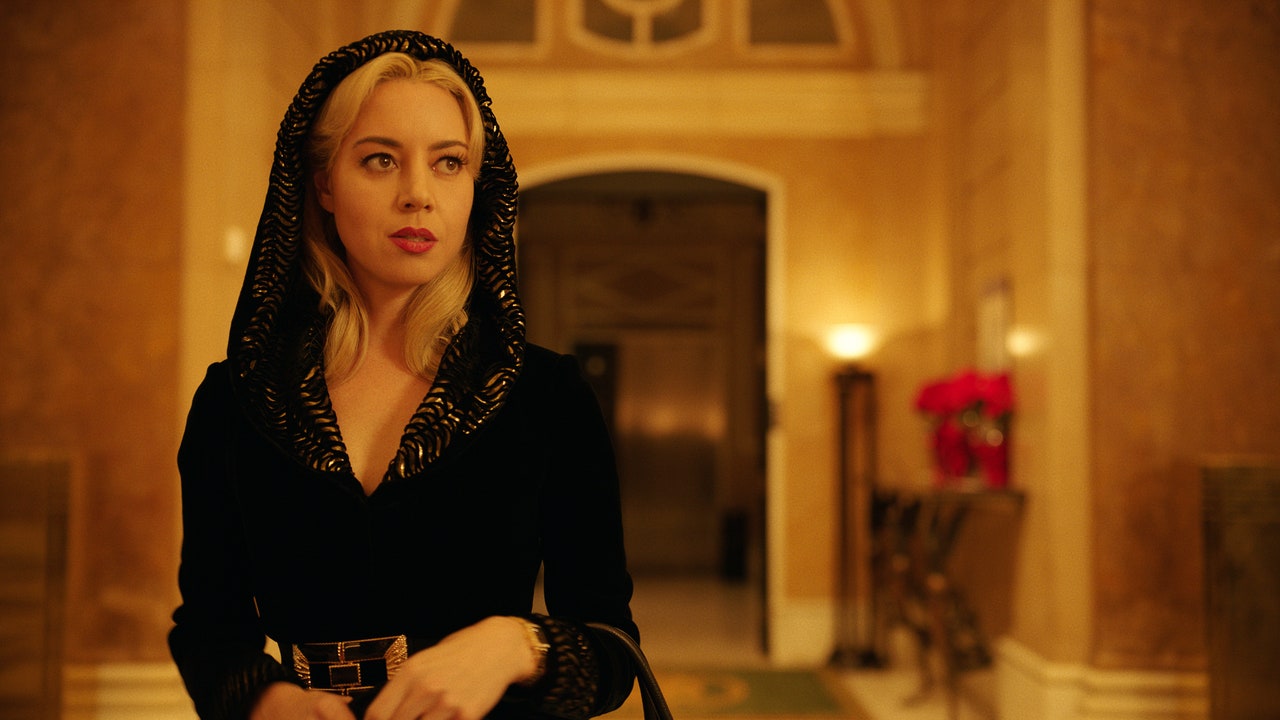Last week I got to attend an advance screening of an audacious, epic new film about a temperamental and uncompromising architect and the small-minded forces arrayed against him: The Butalist, directed by Brady Corbet, with Adrien Brody as a haunted Bauhaus-trained Holocaust-refugee genius, some sharp supporting work by Felicity Jones and Joe Alwyn, and a career-redefining performance by Guy Pearce as the wealthy Pennsylvania businessman who becomes Brody’s patron. It’s The Master meets The Fountainhead, and—especially since Corbet went to the trouble of shooting it in VistaVision, a larger-format IMAX precursor from the 1950s, now used mostly for VFX shots when it’s used at all—it’s worth seeing on the biggest screen you can find when it opens in late December.
The year’s other great architect movie, of course, is Francis Ford Coppola’s decades-in-the-making passion project Megalopolis, with Adam Driver as a troubled visionary who wants to use time-bending sci-fi technology to rebuild a Manhattan-like city called New Rome in the spirit of the “Society if…” meme; Giancarlo Esposito as the hidebound mayor who’d rather appease the bread-and-circus crowd with casinos; and a giant, star-studded supporting cast. After a fascinatingly rocky rollout (all-over-the-place Cannes reviews, allegations in the trades about Coppola frustrating the crew by hanging out in his trailer smoking weed—let him cook!—and more serious accusations of on-set misconduct that prompted Coppola to file suit against Variety, plus an even-weirder scandal involving AI-generated quotes from film critics like Pauline Kael and Roger Ebert), it arrives in theaters this weekend, and you should see it immediately. Don’t look at the tweets, don’t look at Letterboxd, don’t look at Rotten Tomatoes—just go to a theater and see it for yourself.
To be clear, I’m not saying you should see it right away out of respect for Coppola and his legacy. Or that you should see it because by seeing it you will somehow help other movies like this get financed and theatrically distributed. There will not be any other movies like this—even if Megalopolis makes $4 billion, even if we all get together and charter shuttle buses to bring public-school kids and senior citizens to the multiplex in order to send a message to Hollywood, it’s not happening. The antic more-more-more madness that suffuses every frame of this movie will vanish from the earth the day Coppola’s eyes close. Sometimes Megalopolis feels like the stoned cinematic fever dream that will flash through the auteur’s head in the seconds before that happens, as that sweet pineal-gland DMT kicks in. And that’s why you need to go see it.
The Brutalist’s lens on power, dominance, and abuse feels fully contemporary, but 36-year-old Corbet’s calm command of the medium is such that you could mistake his third movie for a career-capping opus by an old master drawing on a lifetime of experience; Megalopolis, on the other hand, is a movie by an actual old master, age 85, that feels more like the work of an excitable millennial wunderkind, some galaxy-brained cinephile hotshot who’s inhaled every Coppola movie and is convinced he can beat the maestro at his own game. It’s as arty as Rumble Fish (Francis’s favorite Coppola film, and also Sofia’s) but it makes use of the visual language and world-building capabilities of the modern CGI blockbuster. With its angry mobs, anthropomorphized statues, and retro-futurist architecture, New Rome feels more than a bit like Gotham City; among many other things, Megalopolis is the greatest imaginable audition to direct Batman movies by someone who presumably has zero desire to do that.
For a movie inspired by classical antiquity that’s been in the works for nearly 40 years, its references feel thoroughly modern; I found myself thinking about Metropolis but also about The Matrix, Sky Captain and the World of Tomorrow, and even The Phantom Menace, by Coppola’s old pal George Lucas, another filmmaker whose personal-technological vision quest culminated with actors speaking stiffly in fanciful digital environments; I also thought of Darkman, Southland Tales, and the debauched Capitol from The Hunger Games (because of the Rome of it all, but also because of the Jason Schwartzman of it all); and, maybe inevitably, given what the movie has to say about the war between fearful and optimistic visions of the future, I thought about Donald Trump, even before Shia LaBoeuf’s character enters politics and marshals an army of thugs (MEGA-chuds?) in red hats.

